nstall drip irrigation in raised beds by following these simple steps: Prepare the raised beds by leveling the soil, lay down landscape fabric, and design the layout for the drip tubing. Install a pressure regulator, backflow preventer, and filter for the water source.
Connect the drip tubing to the water source, using connectors, emitters, and tubing stakes to secure it in place. Finally, turn on the water and check for any leaks or malfunctions. Enjoy the benefits of a water-efficient and easily manageable irrigation system for your raised beds.
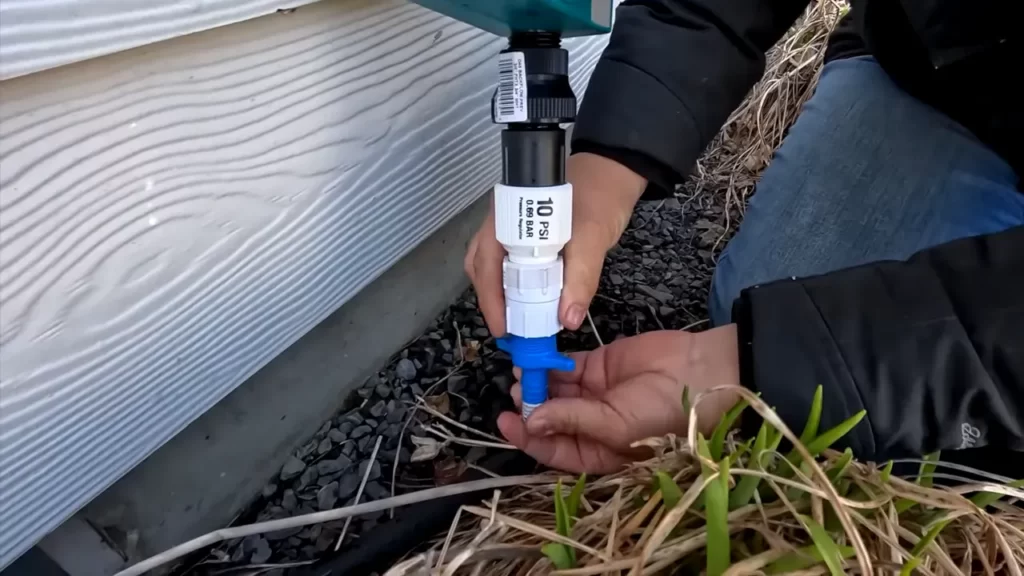
Drip irrigation is a highly effective and efficient way to provide water to plants in raised beds. Unlike traditional sprinkler systems, which can result in wasted water and uneven distribution, drip irrigation delivers water directly to the plant’s root zone. This not only conserves water but also reduces the risk of diseases and weeds. We will guide you through the process of installing drip irrigation in raised beds, ensuring that your plants receive the necessary water while minimizing your effort and time spent on watering. By following a few simple steps, you can enjoy the convenience and benefits of a drip irrigation system in your raised beds.
Advantages Of Drip Irrigation
Advantages of Drip Irrigation
Drip irrigation offers several important advantages for raised beds:
- Water Efficiency: Drip irrigation delivers water directly to the roots of plants, minimizing evaporation and runoff. This targeted approach ensures that plants receive the right amount of water they need, promoting healthy growth and reducing water waste.
- Weed Control: With drip irrigation, water is delivered directly to the plant’s root zone, leaving the soil surface dry. This inhibits weed germination and growth, minimizing the need for manual weeding or the use of herbicides.
- Disease Prevention: Since drip irrigation keeps the foliage dry, it can help prevent the spread of plant diseases caused by moisture on leaves or excessive humidity. This can be particularly beneficial for plants prone to fungal infections.
Drip irrigation is a highly efficient and effective method for watering raised beds, providing numerous benefits for water conservation, weed control, and disease prevention.
Determine Bed Layout And Size
When installing drip irrigation in raised beds, one of the first steps is to determine the bed layout and size. This involves assessing the available space and considering the needs of your plants.
Calculate Water Requirements
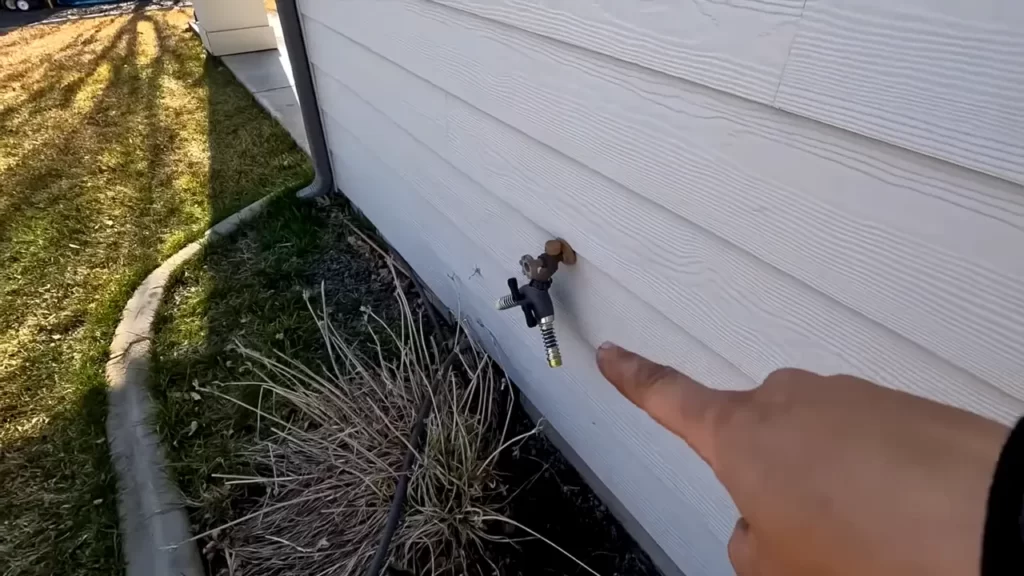
Assess soil type and drainage: Before installing drip irrigation in raised beds, it is essential to assess the soil type and drainage. Sandy soil, for example, drains faster than clay soil. If you have sandy soil, you may need to water more frequently. On the other hand, if you have clay soil, water may accumulate and not drain properly. In this case, proper drainage measures should be taken to prevent waterlogging and excessive moisture.
Consider climate factors: Another important consideration is the climate of your region. If you live in a hot and arid climate, you may need to water more often. On the contrary, if you reside in a cooler and more humid area, less frequent watering may be required. Additionally, take into account the seasonal variations in temperature and rainfall, as they will affect the water requirements of your raised beds throughout the year.
Source Materials And Tools
The installation of a drip irrigation system in raised beds requires some essential source materials and tools. Some of the key components of a drip irrigation system include drip lines, emitters, connectors, pressure regulators, and filters. Drip lines are flexible tubes that carry water to the plants, while emitters regulate the flow of water directly to the plant’s roots. Connectors are used to join different sections of the system, ensuring a secure connection. Pressure regulators are crucial to maintain a constant and appropriate pressure, preventing potential damage to the system. Filters help remove debris and sediments from the water, ensuring clean and efficient irrigation. In addition to these components, some tools are necessary for proper installation. These include a utility knife for cutting the drip lines, a punch tool to insert emitters, tape measure for accurate measurements, and a hole punch to create small holes for connectors and emitters. Having these materials and tools readily available will facilitate the installation of a drip irrigation system in raised beds.
Prepare Raised Beds
To successfully install drip irrigation in raised beds, it’s important to prepare the area properly. Start by clearing and leveling the site where the raised beds will be located. Remove any debris, rocks, or weeds that might hinder the installation process or affect the water flow. Once the area is cleared, you can proceed with installing a weed barrier to prevent weed growth and maintain a clean and well-maintained raised bed system.
Assemble Drip Irrigation System
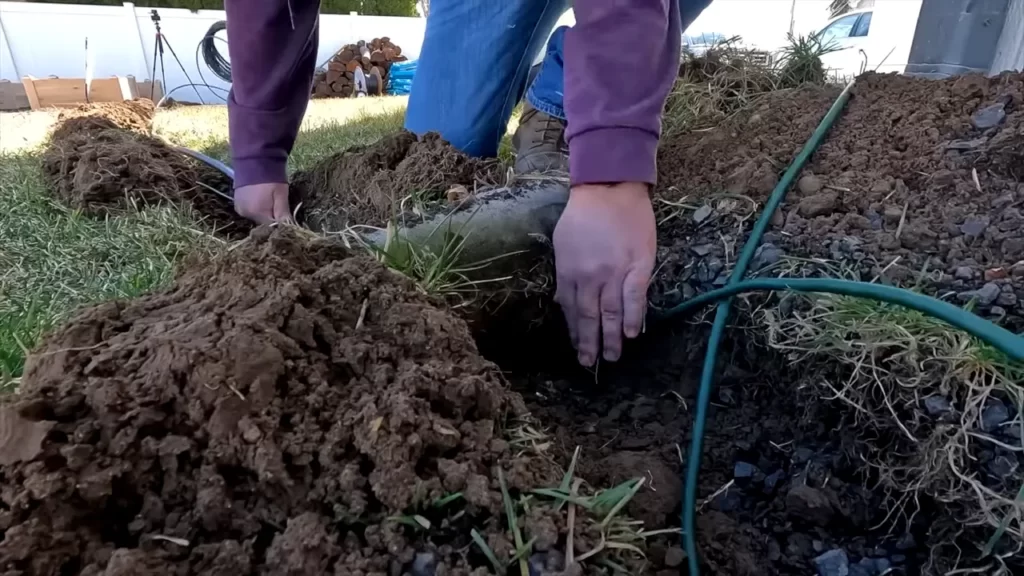
When installing a drip irrigation system in raised beds, it’s important to properly assemble the system to ensure efficient watering. One of the key steps in assembling the system is connecting the main line and lateral lines.
To connect the main line, first, determine the location of the zone valve. This is typically near the water source or manifold. Use a hacksaw to cut the main line at the desired location. Insert a barbed coupling into the cut ends of the main line and secure it with hose clamps. Connect the other end of the barbed coupling to the zone valve using a barbed elbow fitting.
Next, install drip tape or tubing to connect the lateral lines. Lay the tape or tubing along the length of the bed, making sure to space it evenly. Use connectors or fittings to attach the tape or tubing to the main line, ensuring a secure connection. Repeat this process for each lateral line.
Once all the connections are made, test the system for any leaks or issues before covering it with mulch or soil. Regularly check and maintain the drip irrigation system to ensure optimal performance and water efficiency for your raised beds.
Connect To Water Source
Connect to Water Source
Establish a connection point: The first step in installing drip irrigation in raised beds is to establish a connection point for the water source. This can be done by tapping into an existing water line or by installing a separate water supply specifically for the irrigation system. Ensure that the connection point is easily accessible and located near the raised beds.
Install a backflow preventer: Once the connection point is established, it is important to install a backflow preventer. This device ensures that any water flowing through the irrigation system does not contaminate the main water supply. It prevents the backflow of water and ensures the safety of your water source.
Install Emitters And Accessories
To install drip irrigation in raised beds, one important step is to place emitters near each plant. This ensures that water is delivered directly to the roots, minimizing water wastage. Additionally, it is essential to add stakes, connectors, and filters to the system. Stakes help secure the tubing in place, while connectors provide a smooth transition between different sections of tubing. Filters, on the other hand, prevent debris from clogging the emitters and ensure a consistent flow of water. By including these accessories in the installation process, you can optimize the efficiency and effectiveness of your drip irrigation system in raised beds.
Monitor And Adjust Watering
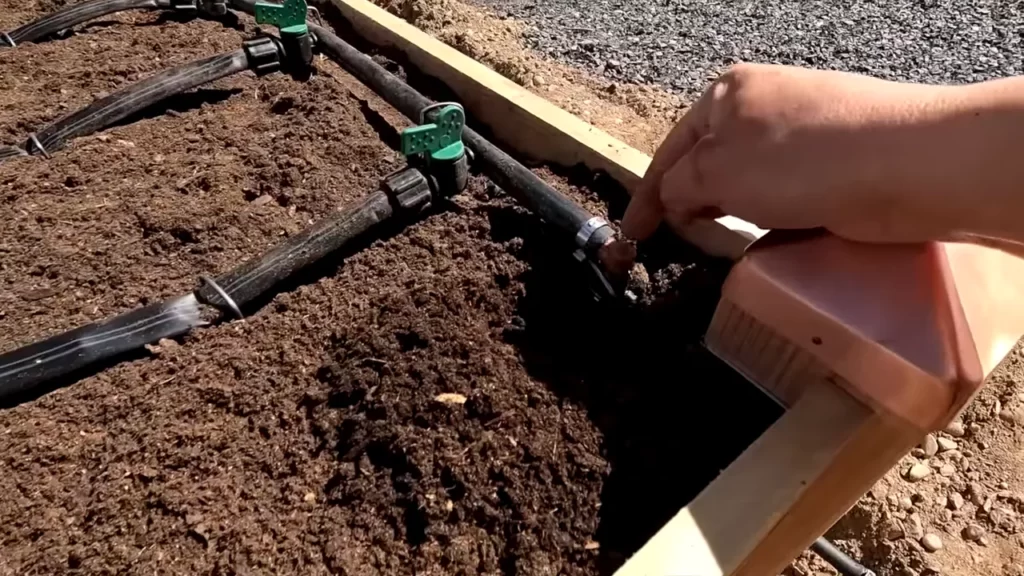
To ensure the success of your raised bed garden with drip irrigation, it is essential to monitor and adjust the watering process. One way to do this is by observing the health of your plants and the moisture levels of the soil. Regularly examine your plants for signs of over or under watering, such as wilted leaves or yellowing. Additionally, use a moisture meter to determine the moisture content of the soil. If the soil is too dry, increase the flow rate of the drip irrigation system. On the other hand, if the soil is excessively wet, reduce the flow rate. Regularly check the flow rate and adjust as needed to maintain optimal watering conditions for your raised beds. By frequently monitoring plant health and soil moisture and making necessary adjustments, you can ensure that your raised bed garden thrives with drip irrigation.
Check For Leaks Or Clogging
Check for Leaks or Clogging: It is important to regularly inspect your drip irrigation system to ensure that there are no leaks or clogging issues. Leaks can lead to water wastage and reduced efficiency of your system, while clogging can prevent water from reaching your plants.
Inspect the system regularly by visually checking for any leaks or drips. Look for any areas where the water is pooling or spraying in an uneven pattern as this could indicate a leak. Make sure to check all the connections, fittings, and emitters to ensure they are secure.
If you notice any clogging in your emitters, it is important to clean or replace them. Clogging can occur due to mineral deposits, sediment, or organic matter in the water. To clean the emitters, carefully remove them from the tubing and use a small brush or pin to remove any debris.
Winterizing Raised Beds
Winterizing your raised beds is an essential step to protect your drip irrigation system and plants against freezing temperatures. Start by draining and storing all the system components to prevent any water from freezing inside. Disconnect the main water supply and drain any remaining water from the tubes, emitters, and connectors. Store these components in a dry and warm place until the spring.
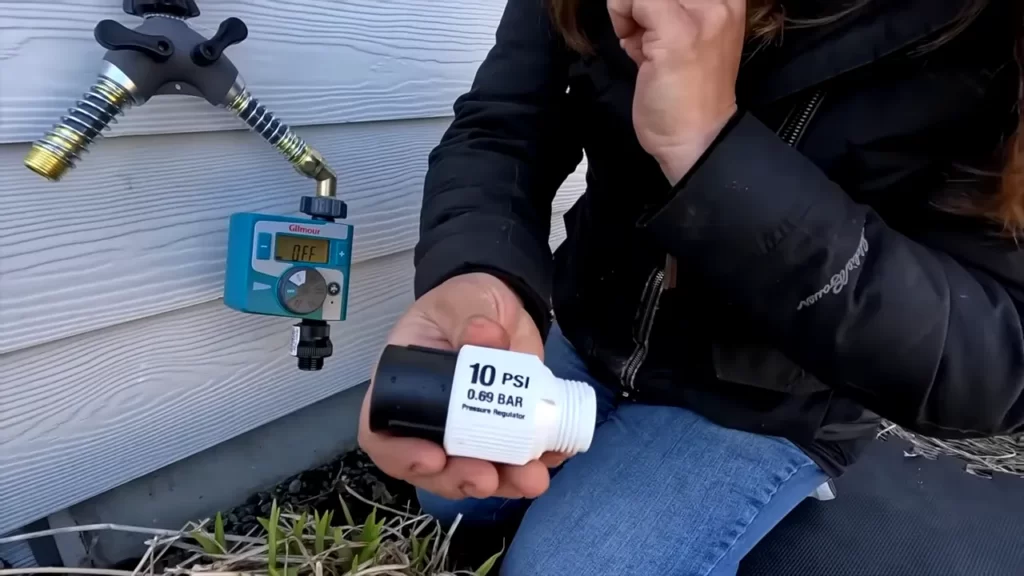
In addition to storing the system, it’s important to protect the raised beds themselves. You can insulate the beds with straw, leaves, or mulch to provide an extra layer of warmth. This can help prevent the soil and root systems from freezing. Cover the beds with a plastic or fabric cover to shield them from moisture and frost.
Remember to remove any debris, fallen leaves, or dead plants from the beds before winterizing. These can harbor pests and diseases, which could harm your plants during the dormant period. Taking these steps will help ensure a successful winter for your raised beds and prepare them for the upcoming growing season.
Enjoy The Benefits Of Drip Irrigation
Drip irrigation is a highly efficient watering system that allows for consistent and targeted watering of raised beds. Unlike traditional methods such as sprinklers or hand watering, drip irrigation delivers water directly to the base of plants, minimizing evaporation and ensuring that water reaches the roots where it’s needed the most. This targeted watering provides several benefits for your plants.
Consistent and targeted watering: Drip irrigation systems have emitters that release small amounts of water slowly and steadily, ensuring that plants receive a consistent water supply. This helps prevent under or over-watering, promoting healthier and more robust plant growth.
Increased plant health and growth: By delivering water directly to the root zone, drip irrigation encourages deep root growth and reduces weed growth. The controlled delivery of water also helps deter fungal diseases and reduces the risk of leaf burning caused by water droplets sitting on foliage. As a result, plants are healthier, more productive, and less prone to stress.
Incorporating drip irrigation into your raised bed gardening can significantly improve plant health and growth while conserving water. With its efficient and targeted watering, drip irrigation is an excellent choice for ensuring the success of your raised bed garden.
Frequently Asked Questions For How To Install Drip Irrigation In Raised Beds
How To Make Your Own Drip Irrigation System For Raised Garden Beds?
To create a drip irrigation system for raised garden beds: 1. Gather materials like drip tubing, connectors, and emitters. 2. Lay the tubing along the beds, securing it with stakes or clips. 3. Install emitters at regular intervals to release water directly to plant roots.
4. Connect the tubing to a water source, like a timer or spigot. 5. Adjust the water flow as needed for your plants.
What Is The Best Way To Irrigate A Raised Bed?
The best way to irrigate a raised bed is by using a drip irrigation system. Water is delivered directly to the roots of the plants, reducing waste and promoting efficient absorption. This method ensures plants receive the right amount of water without overwatering or causing soil erosion.
How Many Drip Lines For 4×8 Raised Bed?
For a 4×8 raised bed, it is typically recommended to use two drip lines, one along each side of the bed.
Conclusion
Installing drip irrigation in raised beds is an efficient and effective way to ensure your plants receive the water they need. With easy-to-follow steps and proper planning, you can create a customized irrigation system that conserves water and promotes healthy plant growth.
By using drip irrigation, you can also save time and effort in the long run. So, why wait? Start installing drip irrigation today for a thriving and flourishing garden. Happy gardening!
